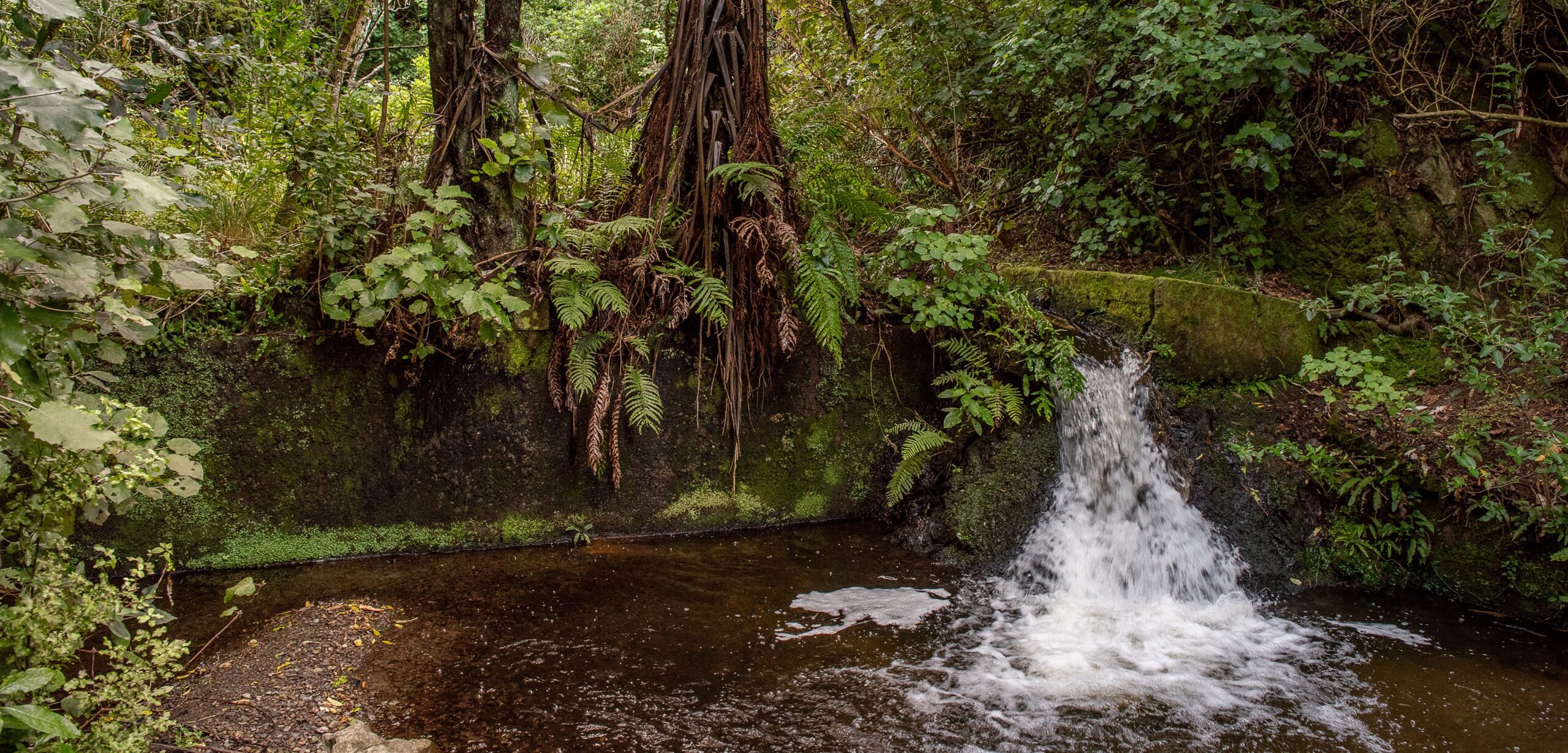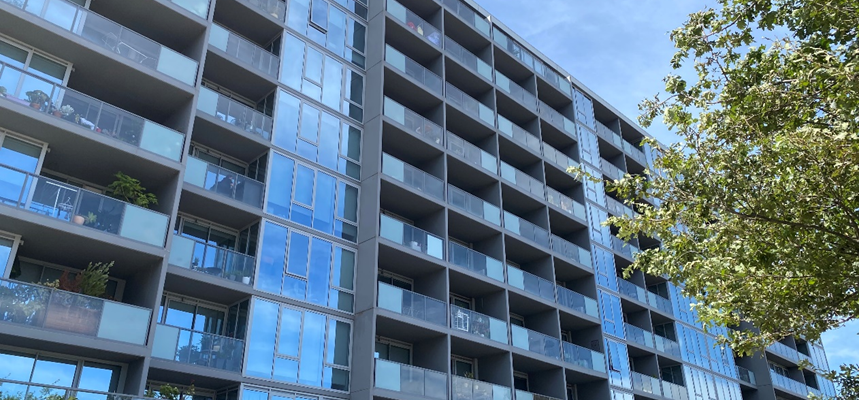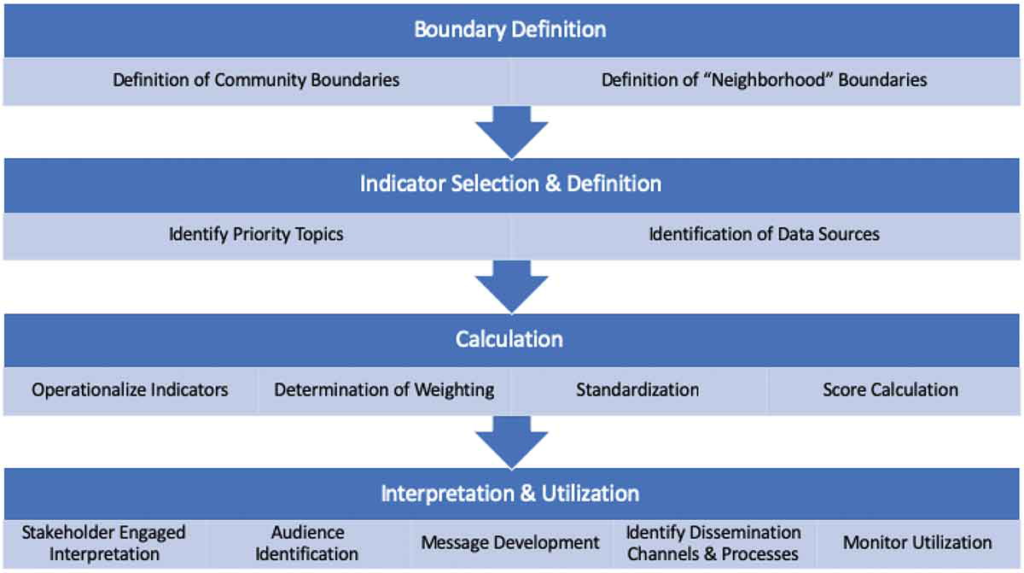City Know-hows

Target audience
Take note: City officers, policy makers, landscape architects. Indigenous communities and people working with indigenous communities worldwide.
The problem
In the current context, in New Zealand, traditional, cultural and ancestral landscapes have been desecrated by growing demands from colonization, capitalism, urbanization and globalization.
What we did and why
We explored the potential for reinstating the ideologies associated with traditional indigenous knowledge and, in particular, the intricacies of interconnectedness between environments and people. We examined new ways of integrating Māori knowledge in landscape architecture and landscape design to renew and expand the concepts of belonging, identity, quality of life and place.
Our study’s contribution
This study adds to the understanding of where identity and wellbeing fit when we design for architecture or landscape architecture. It also adds to our;
The study show the importance of the consideration of traditional indigenous knowledge as a catalyst for truly understanding site context and design outcome.
Impacts for city policy and practice
Based on this study we suggest:
Further information
Full research article:
Haumanu ipukarea, ki uta ki tai: re-connecting to landscape and reviving the sense of belonging by Bruno Marques, Jacqueline McIntosh and William Hatton.
Related posts

A study of apartment residents identified an association between construction defects and mental health. For every additional problem, wellbeing decreased and psychological distress increased.

There are so many neighbourhood-level drivers that impact our health that making sense of all the data can be difficult. This tool helps us understand

By reviewing the studies on the cities in the early months of the COVID-19 outbreak, we could develop a promising perspective for identifying solutions during future similar pandemics.